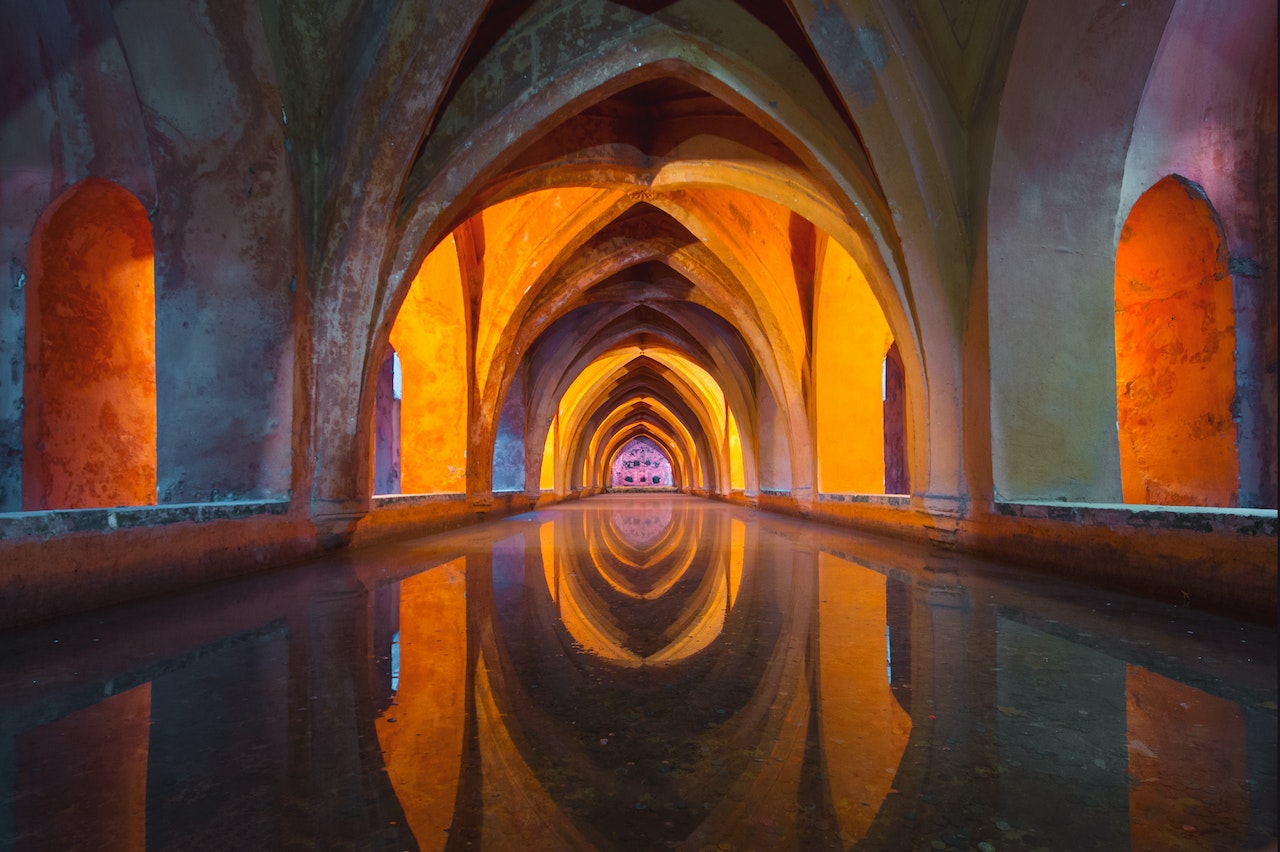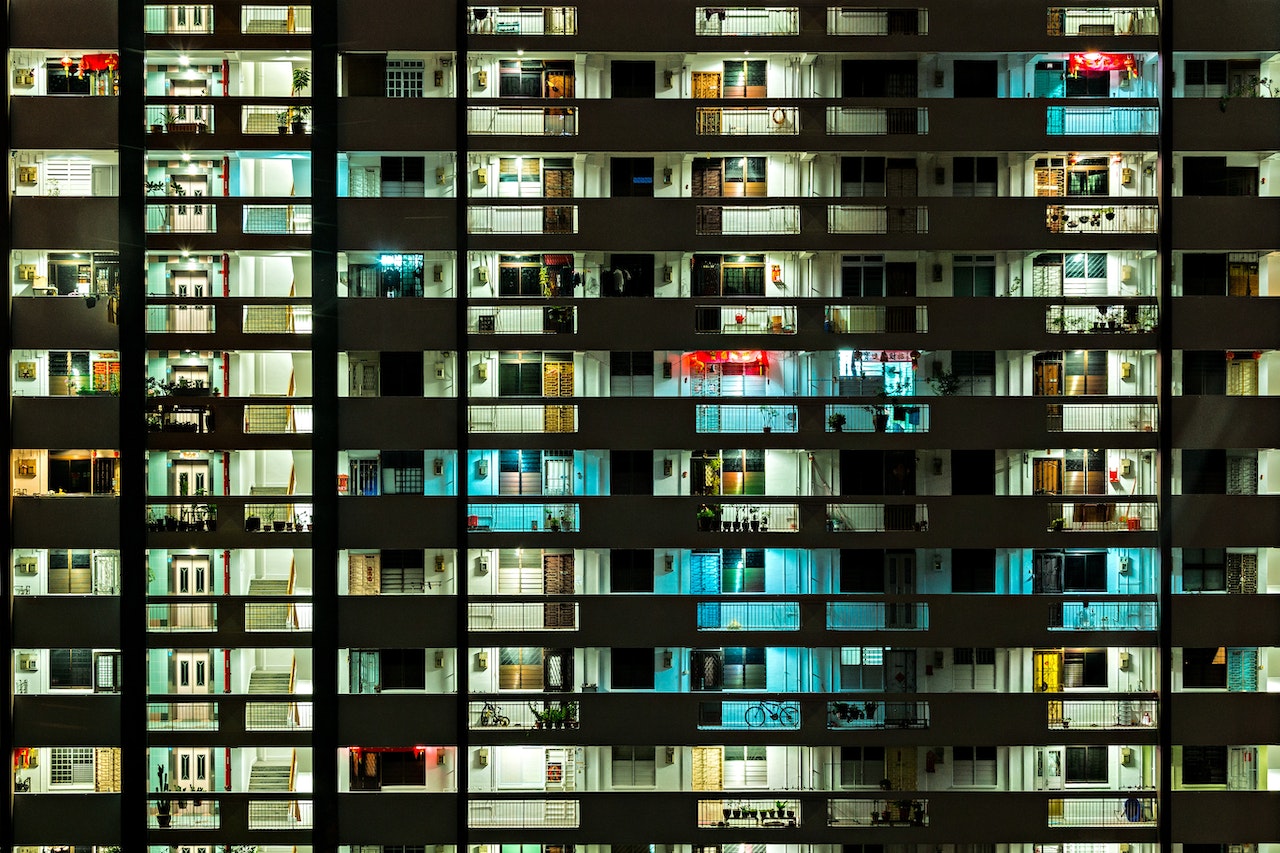The Role Of Architecture In Fostering Creativity And Innovation - The Creative Process Unleashed
The role of architecture in fostering creativity and innovation can significantly impact the way people think, feel, and behave. As such, architects must consider how their designs can influence the creative process and support the growth of new ideas.
Author:George EvansMar 13, 202326.2K Shares1M Views

Architecture plays a crucial role in fostering creativity and innovation. It goes beyond creating visually appealing structures to encompass creating spaces that inspire, motivate, and encourage creative thinking.
The role of architecture in fostering creativity and innovationcan significantly impact the way people think, feel, and behave. As such, architects must consider how their designs can influence the creative process and support the growth of new ideas.
The Impact Of Architecture On Creativity And Innovation
The design of a building can significantly impact creativity and innovation in multiple ways. Here are a few ways in which architecture can facilitate creativity and innovation:
Promoting Collaboration
Architects can design spaces that promote collaboration and communication, such as open-plan offices, communal areas, and shared workspaces.
These spaces can encourage people to come together, exchange ideas, and work together to solve problems, leading to new and innovative solutions.
Enhancing Productivity
Well-designed buildings can enhance productivity by providing comfortable and functional workspaces that reduce distractions and promote focus.
This can create an environment where people can work more efficiently and effectively, leading to increased innovation and creativity.
Encouraging Exploration
Innovative designs can inspire people to explore and experiment with new ideas and ways of thinking. A building that challenges conventional design norms and encourages out-of-the-box thinking can foster creativity and innovation.
Reflecting Company Culture
Architecture can reflect a company's culture, values, and mission. A building that is designed with these elements in mind can inspire employees to embrace and embody those values, leading to a more innovative and creative culture.
The Role Of Architecture In Fostering Creativity And Innovation
The role of architecture in fostering creativity and innovation goes beyond creating visually appealing buildings.
The design of a building can significantly impact the creative process and support the growth of new ideas. Here are a few ways in which architecture plays a crucial role in fostering creativity and innovation:
Creating Inspiring Spaces
Architects can design spaces that are aesthetically pleasing, visually stimulating, and promote creativity. This can help to inspire employees to think outside the box, come up with new ideas and solutions, and take risks.
Supporting A Collaborative Environment
Architecture can support a collaborative environment by creating spaces that facilitate communication and collaboration. This can lead to increased interaction between employees, a greater exchange of ideas, and more opportunities for innovation.
Promoting Flexibility
Architecture can promote flexibility by creating spaces that can adapt to different work styles and accommodate changing needs. This can lead to increased creativity and innovation, as people are not restricted by the physical limitations of their work environment.
Encouraging Sustainability
Sustainable architecturecan foster creativity and innovation by promoting a more environmentally conscious mindset.
A building that is designed with sustainability in mind can inspire employees to think creatively about how they can reduce their environmental impact and develop more sustainable practices.
Creative Design In Architecture - Examples Of Architecture Fostering Creativity And Innovation
There are numerous examples of architecture fostering creativity and innovation across the world. Here are a few examples:
The Googleplex
The Googleplex is Google's headquarters in Mountain View, California. The building is designed to be an open, collaborative workspace that encourages employees to share ideas and work together.
The building also includes amenities such as gyms, cafeterias, and outdoor spaces to promote productivity and well-being.
The Sydney Opera House
The building is designed to reflect the sails of a ship and features multiple performance spaces that encourage creativity and innovation in the performing arts.
The Guggenheim Museum Bilbao
The Guggenheim Museum Bilbao is a contemporary art museum located in Bilbao, Spain. The building's unique design, featuring curved walls and titanium cladding, has made it an icon of modern architecture.
The museum's design encourages visitors to explore and experience contemporary art in a new and innovative way.
The HUB Building
The HUB Building is an innovation center located in Berlin, Germany. The building is designed to be a flexible, collaborative workspace that encourages experimentation and creativity.
The building's design includes a central atrium that provides natural light and encourages interaction between employees.

The Roles of Architects in Innovation
How Does Architecture Unmask The Artist Creativity
Architecture can unmask the artist's creativity by providing a canvas for the artist to express their creative vision in three-dimensional form.
The design of a building can reflect the artist's unique perspective and creative approach, showcasing their creativity and skill in a tangible and lasting way.
An artist's creativity can be revealed through various aspects of architectural design, such as the building's form, materials, colors, textures, and spatial organization. Each of these elements can convey the artist's creative vision and provide insight into their unique style and approach.
The form of a building can reveal an artist's creative vision in its shape, proportions, and overall design.
An artist may choose to create a building with a unique form that reflects their artistic style, such as a curvilinear shape that echoes the organic forms found in nature or a geometric shape that showcases their affinity for abstraction.
Materials can also be used to unmask an artist's creativity in architecture. An artist may choose to use unconventional materials or combine materials in unexpected ways to create a unique and striking building.
The choice of materials can reflect the artist's values and aesthetic preferences, showcasing their creativity and individuality. Color and texture can also play a role in unmasking an artist's creativity in architecture.
An artist may choose to use bold colors or textures to create a visually striking building that stands out in its environment. The use of color and texture can reflect the artist's personality, values, and creative style.
Spatial organization is another way that architecture can unmask an artist's creativity. An artist may choose to create a building with unique spatial configurations, such as unusual floor plans, unexpected openings, or dramatic interior spaces.
These design choices can reflect the artist's creative vision and approach, revealing their unique perspective on how people should interact with space.
In short, architecture can unmask the artist's creativity by providing a platform for the artist to express their creative vision in three-dimensional form.
Through the use of form, materials, color, texture, and spatial organization, an artist can showcase their unique style and approach, providing a lasting testament to their creativity and skill.
People Also Ask
How Can Architecture Foster Creativity And Innovation?
Architecture can foster creativity and innovation by providing inspiring and flexible spaces, encouraging collaboration and communication, and promoting sustainability.
What Is The Importance Of Creativity And Innovation In Architecture?
Creativity and innovation are important in architecture as they allow architects to design buildings that are functional, aesthetically pleasing, and meet the needs of their users in unique and innovative ways.
How Can Sustainability Be Integrated Into The Design Of Buildings?
Sustainability can be integrated into the design of buildings by incorporating energy-efficient systems, using sustainable materials, designing for natural light and ventilation, and incorporating green spaces.
Conclusion
Architecture plays a crucial role in fostering creativity and innovation. Architects must consider how their designs can support the creative process, promote collaboration and communication, and encourage out-of-the-box thinking.
By creating inspiring spaces, supporting a collaborative environment, promoting flexibility, and encouraging sustainability, architects can create buildings that foster creativity and innovation.
As seen from the examples provided, buildings designed with creativity and innovation in mind can have a significant impact on the success of an organization.
By creating spaces that inspire, motivate, and encourage creative thinking, organizations can stimulate innovation, foster growth, and achieve greater success. In conclusion, the role of architecture in fostering creativity and innovation cannot be overstated.
By understanding how architecture can influence the creative process, architects can design buildings that are not only visually appealing but also inspire creativity, collaboration, and innovation. This can lead to a more successful, sustainable, and innovative future for all.

George Evans
Author
George Anderson, an exceptional architectural designer, envisions and brings to life structures that transcend the realm of imagination. With an unwavering passion for design and an innate eye for detail, George seamlessly blends form and function, creating immersive spaces that inspire awe.
Driven by a deep appreciation for the interplay of space, light, and materials, George's innovative approach redefines the possibilities of architectural design. His visionary compositions leave an indelible mark, evoking a sense of wonder and transforming the built environment.
George Anderson's transformative designs and unwavering dedication continue to shape the architectural landscape, pushing the boundaries of what is possible and inspiring generations to come.
Latest Articles
Popular Articles
